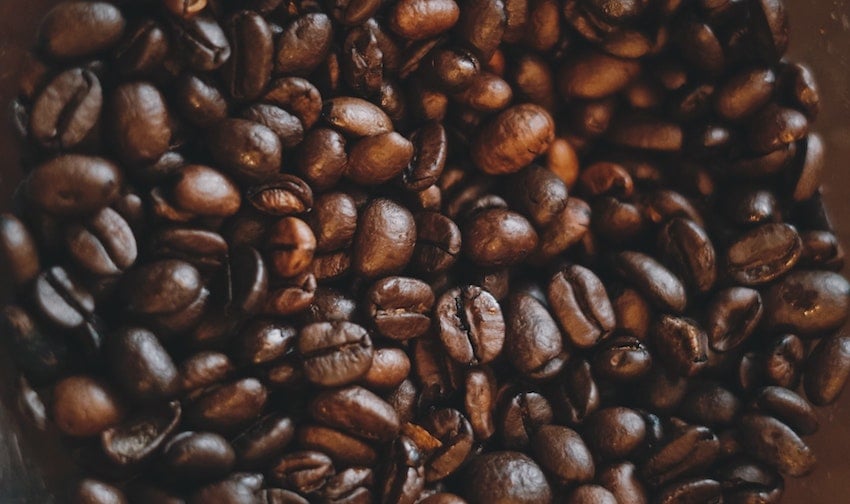In addition to the wide array of coffee makers on the market that offer different functionality and technology, when selecting the model that's right for you, you also have to consider the carafe -- glass or thermal? Like most things, it's all about you, darling. The case for glass: You want to choose a grind-and-brew or programmable model that would come on and start brewing your coffee in the morning before you wake up. You'll also be drinking that full pot of coffee (or whatever amount you've selected) within the hour. Glass is ideal in these cases as you won't have to worry about pre-heating the carafe and you'll be drinking the coffee before it starts to taste more tar-like than java-like. The case for thermal: You're going to be making the coffee yourself and you want to be able to pour out a few cups throughout the day without risking a nasty aftertaste. You'll be around to take the time to pre-heat the carafe before the brewing starts and then to seal it up to keep the coffee up to temperature. Thermal is the best choice for this because it will stick around at the right temperature for a few hours without continuous heating. However, some folks are sensitive to the flavor that is produced using a stainless steel carafe, so if you're in that camp yet you want a thermal, make sure you're choosing a model with a glass lining (like the Bonavita, for example). Here at SCG, we use glass carafes in our break room because, quite simply, as soon as a pot is brewed, it's in our cups and the next pot is brewing away. We don't really have to worry about stagnant coffee sitting on a hot plate for hours on end, but we wanted to find out what kind of impact allowing the coffee to sit around for an hour had on its flavor. So we brewed up a batch of coffee in two Technivorms -- one using a thermal carafe, one using a glass -- then let them hang out for an hour before we held a taste test. Watch to find out what we learned!
Compare: Glass vs. Thermal Carafe on Technivorm
coffee
·
comparison
·
drip
·
technivorm


